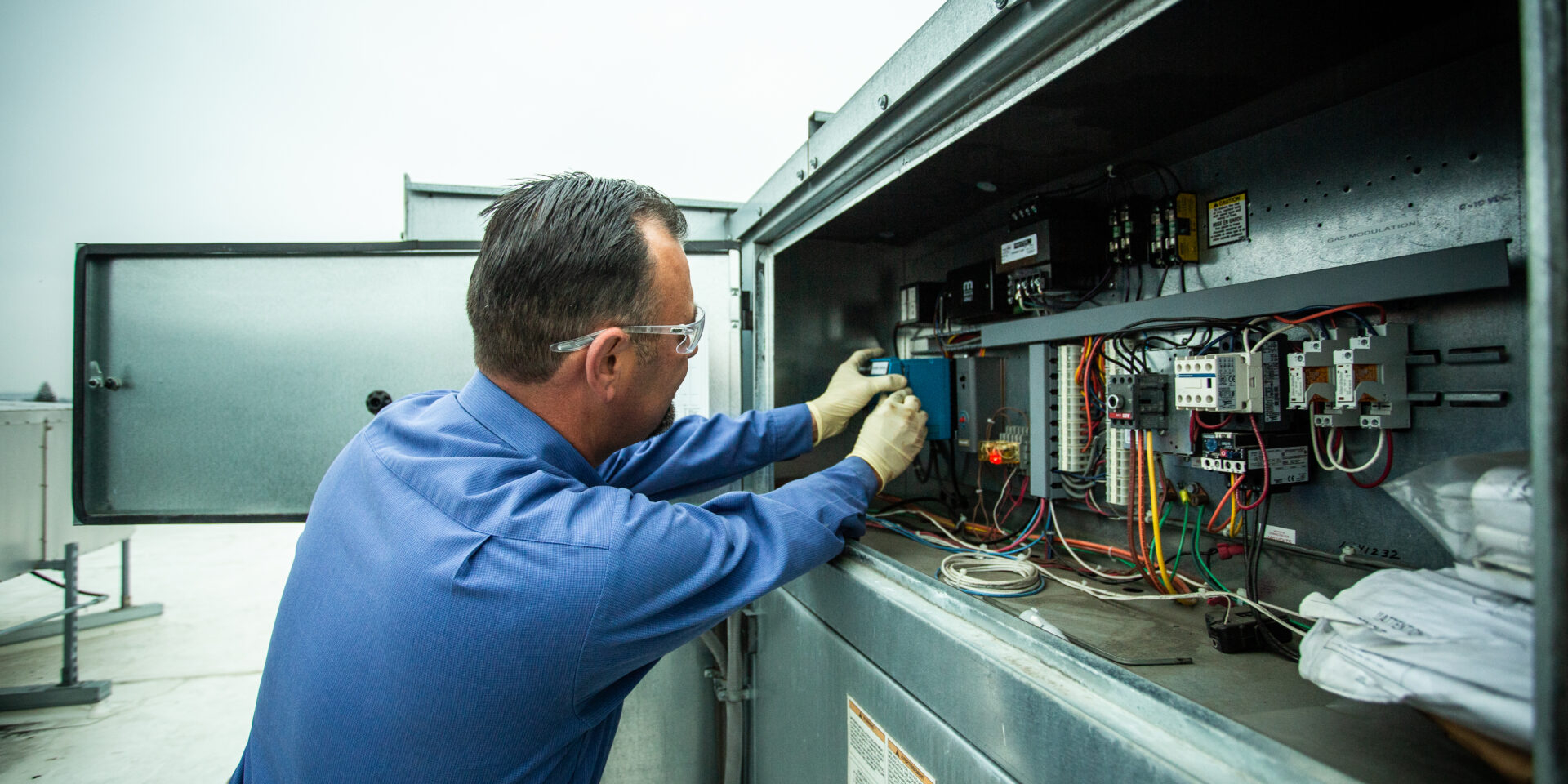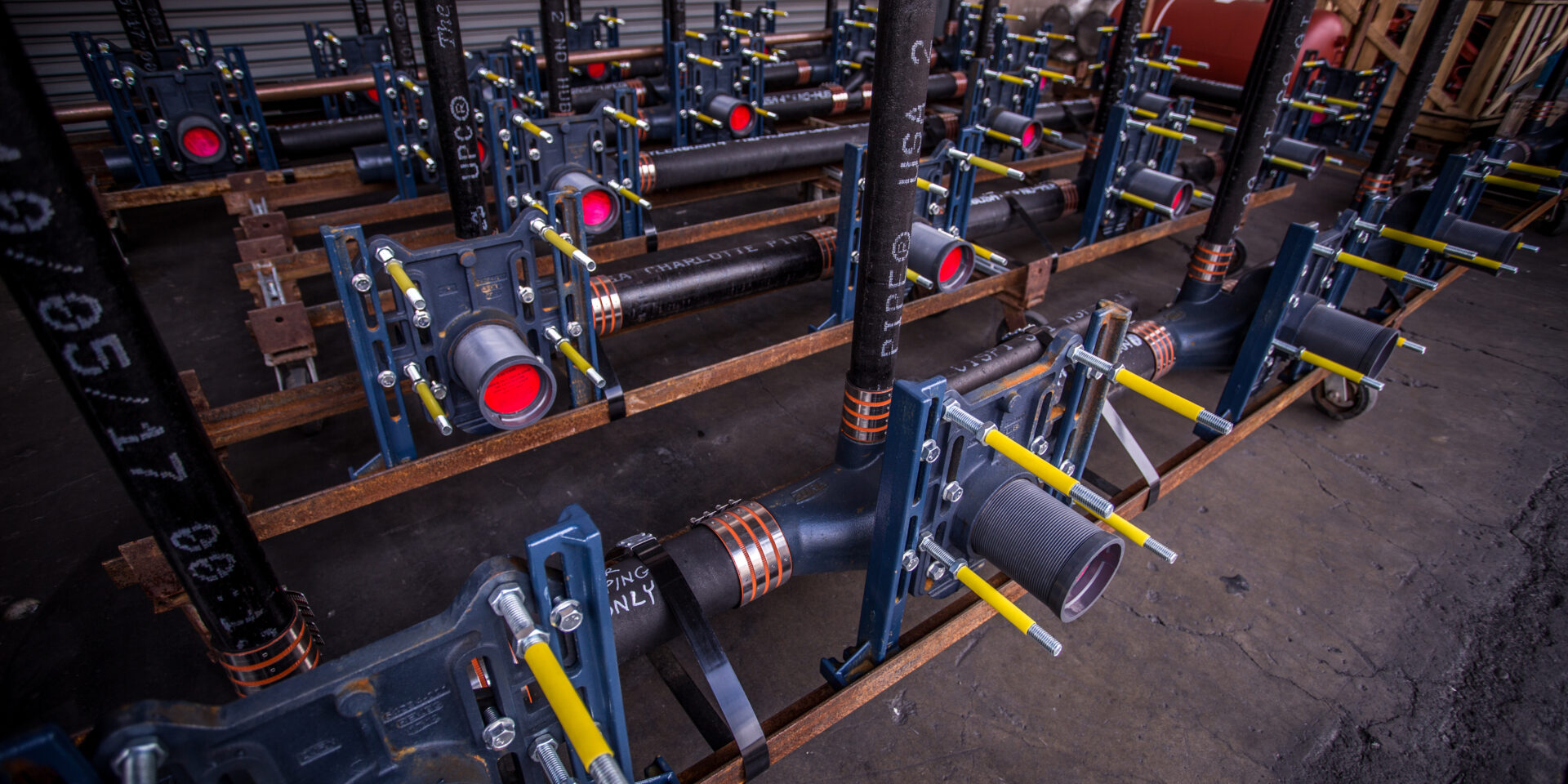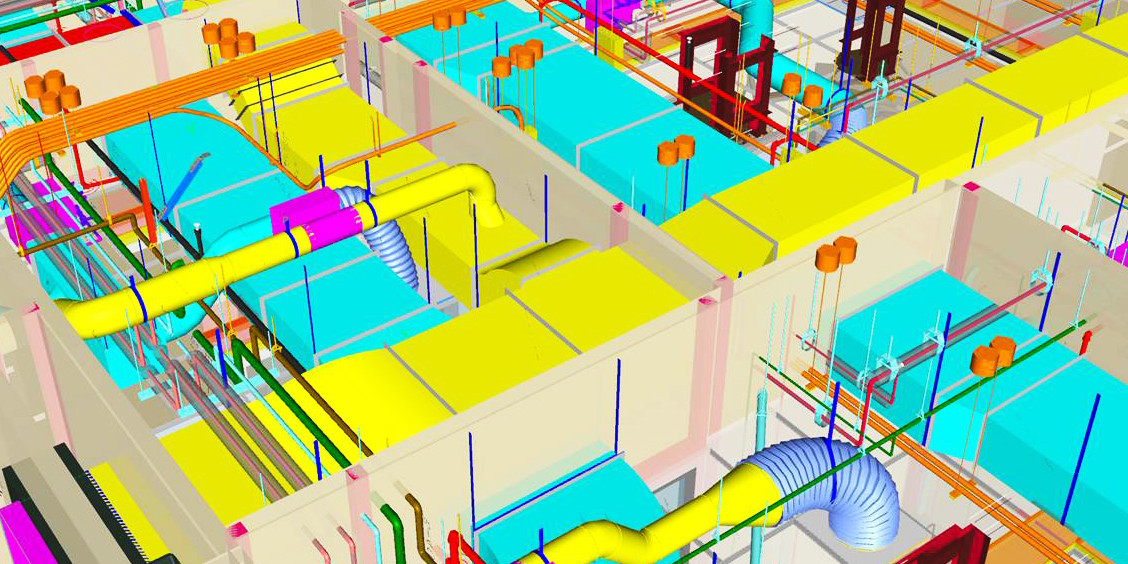Like a complex railroad diagram, the HMI (or Human-Machine Interface) of a process control system shows the functional components of the system and their status. The process can be limited to a laboratory environment, expand across a manufacturing floor or use wireless technologies to integrate oil and gas operations in the field. Versatile sensors, controls and communication equipment let process engineers create a solid, reliable way to get work done.
Standards Tailor the Fit
Interoperability is the key to process control system design, reliability and safety. Industrial networking standards such as the Common Industrial Protocol (CIP) for network communication provide interconnection between system components. Organizations including the International Society of Automation (ISA) provide control system standards, training and design guidance.
IEEE (Institute of Electrical and Electronics Engineers) standard C37.1 provides SCADA and automation requirements for power substations. UL (Underwriters Laboratory) standard UL 2900-2-2 covers testable cybersecurity criteria and NIST (National Institute for Standards and Technology) has been creating an Industrial Control Systems security framework to protect critical national infrastructure, 90% of which is under private control.
DCS
A Distributed Control System tends to be used in large-scale facilities, controlling and coordinating a large hierarchy of functions and processes. The monitoring console can look like a nuclear power plant control room — and in some ways is quite similar, since it may be controlling a large paper factory or food processing facility.
DCS uses communication networks to centralize alarm monitoring and response, data logging and equipment control, and it also works with management systems such as production scheduling. For legacy production environments, it centralizes chart recorders and dedicated operators. A custom DCS solution can run smoothly for years, but initial design and implementation may require significant effort and expertise.
PLC
PLCs implement localized control strategies using a dedicated microprocessor system on site in the case of remote equipment and for the management of equipment groups on a factory floor. PLCs are rugged electronics, designed to operate reliably in conditions that may expose them to vibration, environmental challenges and electrical noise.
The PLC can control motors, valves and switches using sensor values to determine when and how to take action within parameters supplied by a supervisory system. It can send status information and sensor data to be displayed on the HMI system and receive commands to perform programs such as pump actuation, stirrer operation or conveyor belt operation. Robotic equipment is now being interfaced with PLCs.
SCADA and its PLCs/RTUs
SCADA (Supervisory Control and Data Acquisition) manages Programmable Logic Controller systems, which are the front-line automated workers. They follow standing orders stored in local programs and communicate with a SCADA system to play their role in a process control environment. PLCs are a common unit of automation, and many newer implementations are standardized on IEC 61131-3, or PLCopen as a programming language.
RTUs (Remote Terminal Units), overlap with PLC functionality but are more oriented toward remote status relays over slow-speed wireless connections for pump houses, power generation and other unattended operations. SCADA can rely on these for status information from the field, incorporating their information in its communications with process management and scheduling servers.
Security
Many Process Control Systems are managing essential resources such as water supplies and power substations or especially hazardous operations such as oil and gas systems. Industrial control engineers are increasingly focusing on securing data links, access codes and other keys to authenticated communication to ensure that even minimally dangerous, potentially embarrassing intrusions don’t take place.
Evolution
Process Control Systems have evolved from a replacement for basic mechanical systems to a way to connect physical infrastructure to computer-based management systems. They are now embracing new technologies such as Internet of Things (IoT) devices, robotics and high-speed networks over radio-based systems.
Dave Maddox is a technical consultant and freelance writer with experience in control systems and information technology.
Related Posts
July 29, 2024










